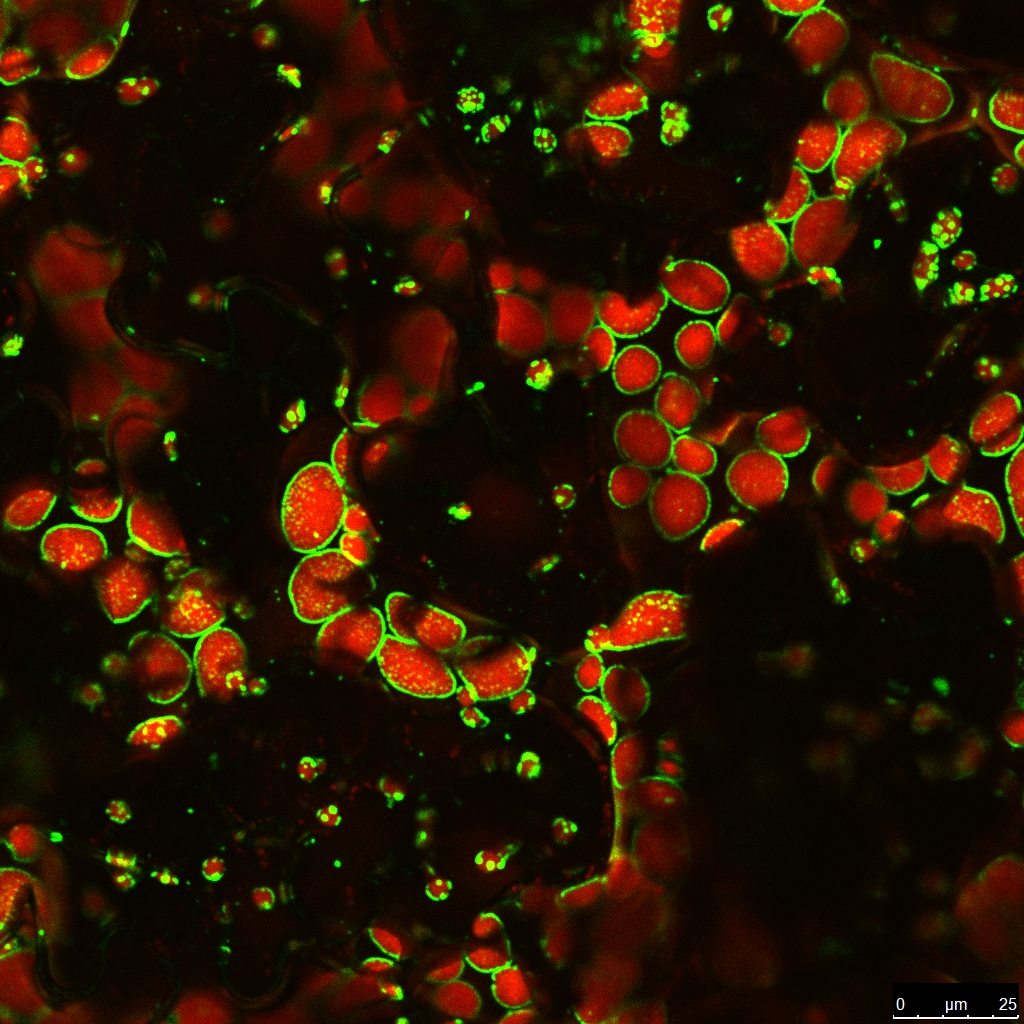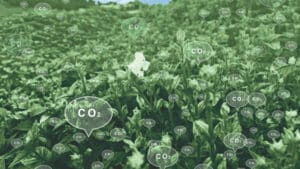Scientists from the John Innes Centre, the universities of Cambridge and Edinburgh and Stanford University in California, have shown that genes from a type of algae which is capable of very efficient photosynthesis can function properly when introduced into Arabidopsis, a plant commonly used for scientific experiments.
They also showed that the presence of the algal genes does not have a negative effect on the growth or functioning of the plant. This achievement is an important first step towards transferring the entire, highly efficient photosynthesis mechanism from the algae into plants.
Why is this important? In many plants including the major crops wheat and rice, productivity and yield are limited by the properties of the enzyme that starts the process of photosynthesis – the conversion of carbon dioxide from the air into the sugars required for plant growth. This enzyme – called RuBisCO – operates inefficiently at the levels of carbon dioxide present inside a leaf. If carbon dioxide concentrations in the leaf were higher, the enzyme would operate more efficiently, more sugars would be produced and the plant would grow faster and become more productive. In an effort to increase crop yields, biotechnologists are investigating how the carbon dioxide concentration in the leaves of these crop plants might be elevated.
More information is available here: https://www.jic.ac.uk/news/2015/11/new-progress-towards-maximising-photosynthesis-plants/#













